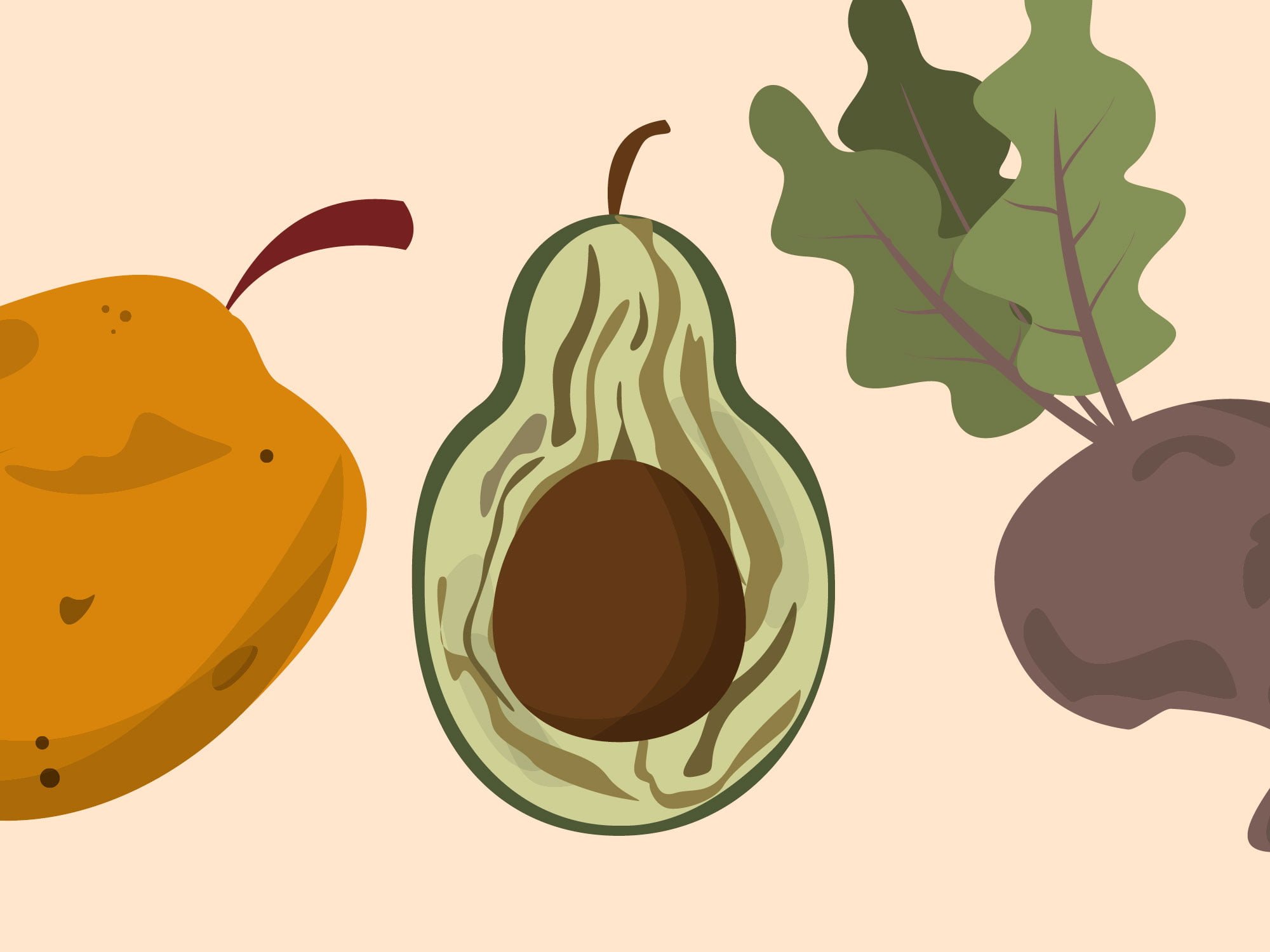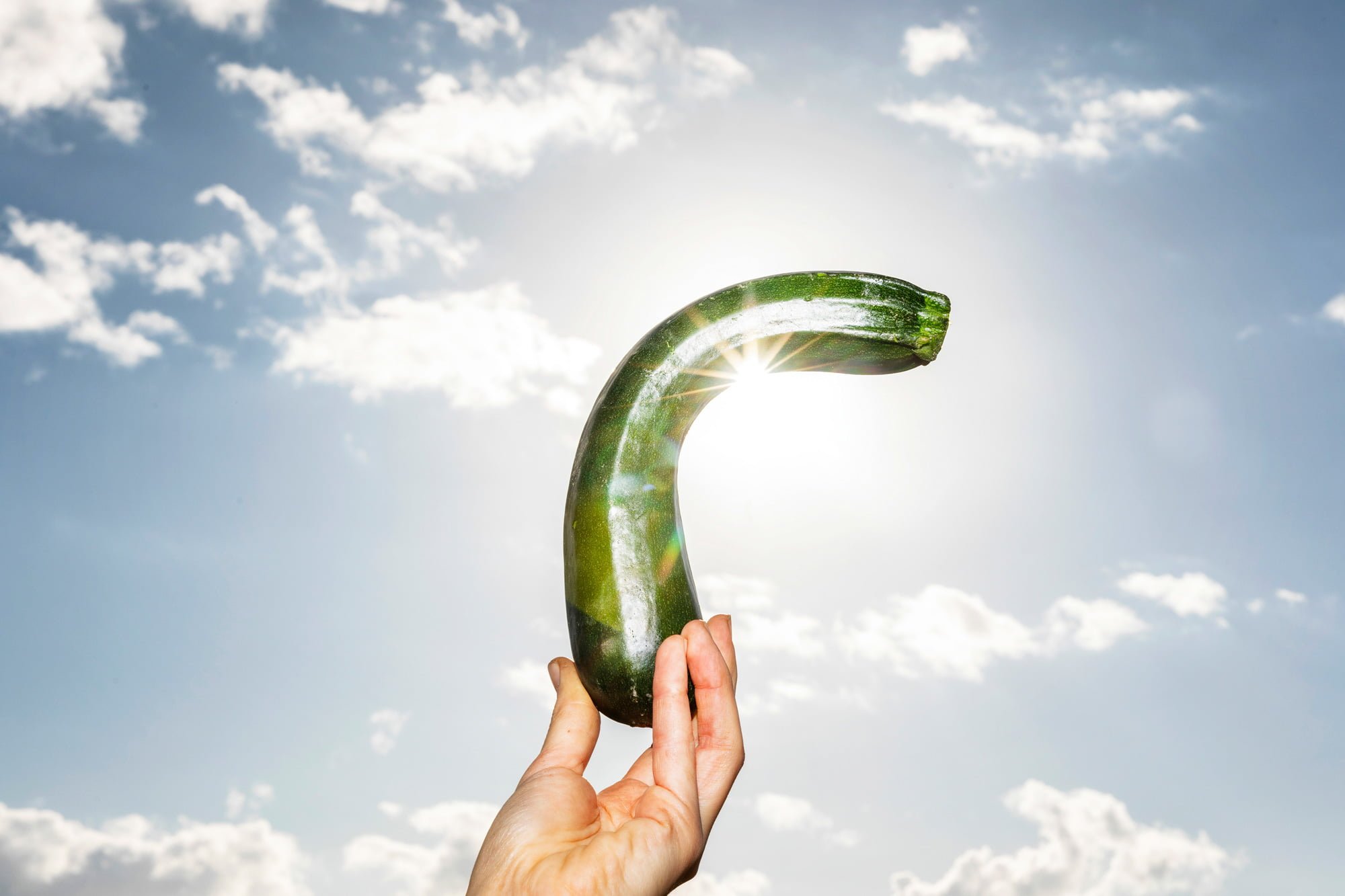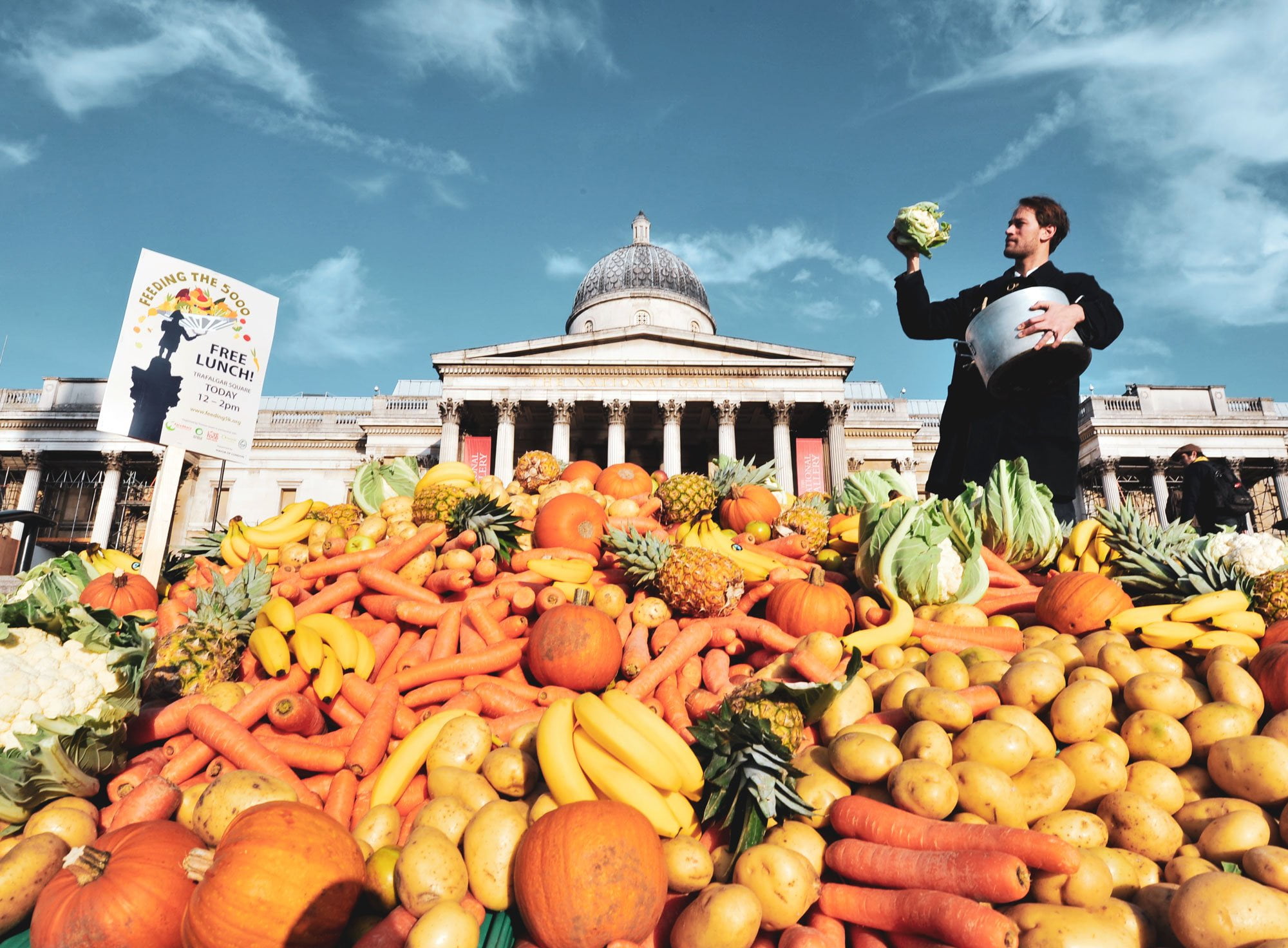The amount of food that gets lost, rejected and binned every day is staggering. What are we doing? Where does it go? And how can we stop?
Key takeaway
- The bad news is that one third of all food is wasted. The good news is that attitudes to waste have begun to change, and there are many examples of how quickly waste can be cut. We wasted far less before, and we can do it again.
Humans have spent most of their history struggling to get a steady supply of food. Having enough – or more than enough – has been the exception, not the norm. Until recently.
Today, one third of all food produced (and nearly half of all fruit and vegetables) is wasted. In many countries it’s more than that.
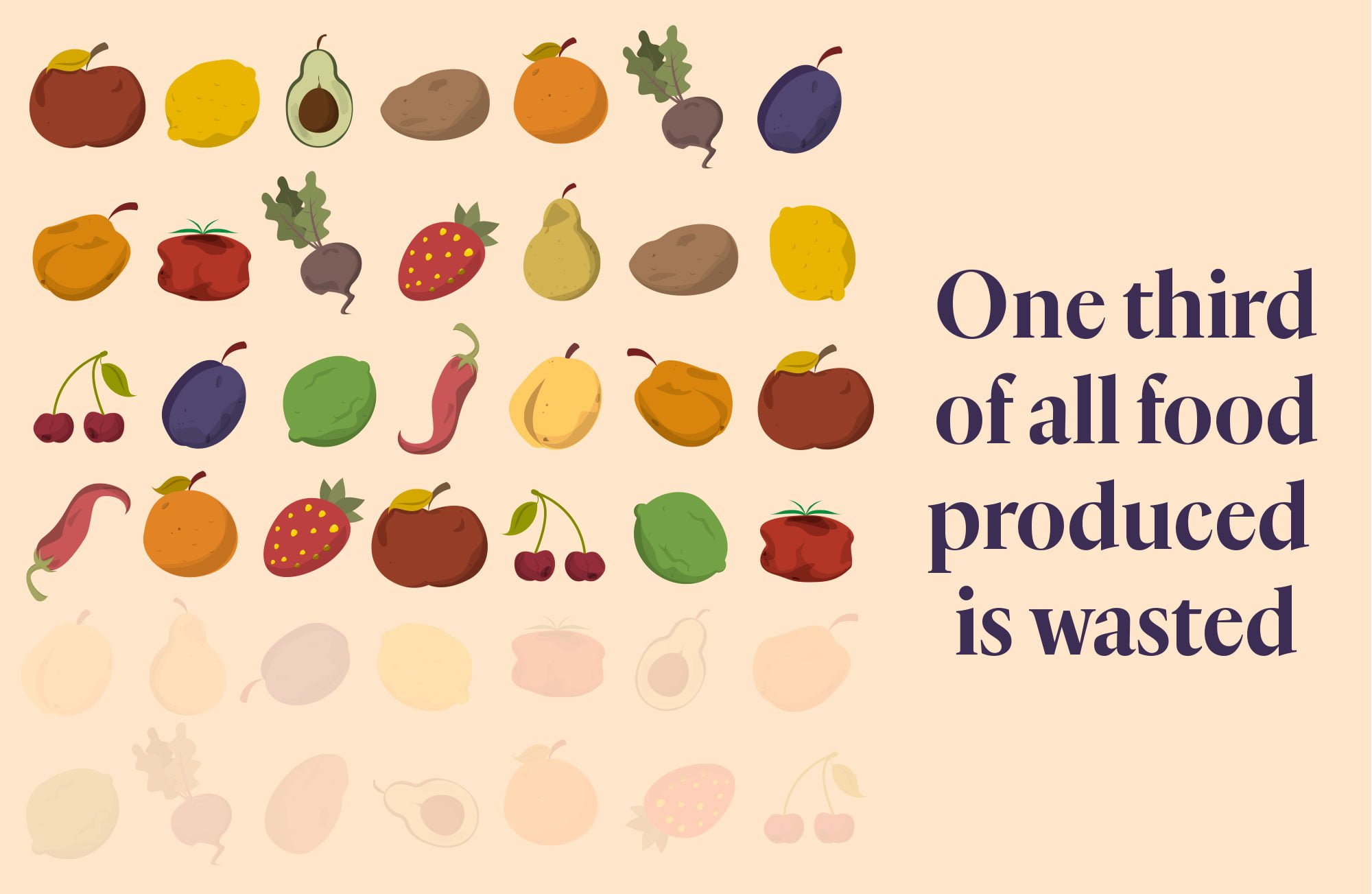
This startling figure comes from a seminal United Nations report of 2011 which added up food waste all over the world. Last year, the World Resources Institute (WRI) confirmed that, despite plenty of examples of progress, the overall estimate of one third wastage remains “broadly correct”.
In almost unimaginable quantities, perfectly good food is going uneaten. Profligate consumers are part of the problem, but there are losses at every stage of the journey from field to fork.
“Any way you cut the numbers on food waste, they’re maddening”
A colossal challenge
Any way you cut the numbers on food waste, they’re maddening. More than a billion tonnes of food a year never gets used – and yet one in nine people doesn’t have enough. Consumers in industrialised countries throw away almost as much food as the total produced in Sub-Saharan Africa. And all that wasted food takes an area the size of China to grow.
Even if you don’t wince involuntarily at the idea of throwing away good food, then feeding the hungry and protecting the planet are good enough reasons to fix the problem. Concern about the climate has already put a heightened focus on the environmental footprint of the food we eat – let alone the food we don’t eat.
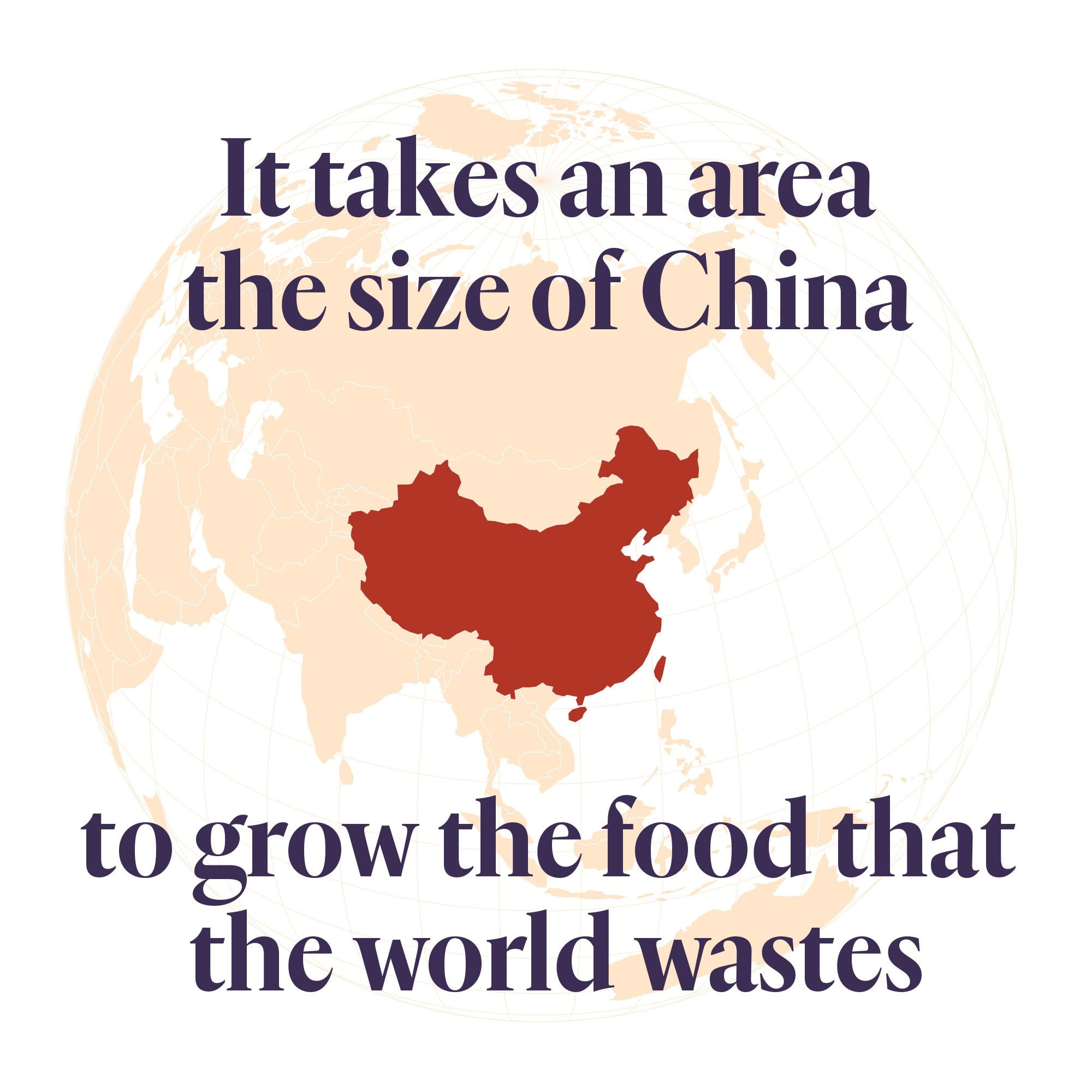
Wasted food accounts for a massive eight per cent of greenhouse gas emissions. That’s partly because of the emissions associated with producing it, and partly because any food that ends up in landfill uneaten releases yet more. Reducing waste may, in fact, be the only way to feed the world’s growing population sustainably – and avoid having to convert an area the size of Argentina to agriculture by 2050.
So how does food waste happen? The UN’s research helps paint a picture. In poorer countries, consumers waste very little of what they buy, but large amounts are lost at the production and distribution stage. Crops get bumped, bashed, left too long in the sun and dropped from trucks. Richer countries benefit from smoother roads and better storage to minimise losses, and yet they still manage to waste twice as much as poorer countries overall, because of the exacting standards set by retailers for size, shape and appearance – and because the people who buy it let it rot in their fruit bowls, or throw leftovers in the bin.
Exactly how and why we waste so much is something food waste charities such as Wrap in the UK have spent considerable time researching. Not surprisingly, older generations who remember times of scarcity are better at using up the food they buy, according to Wrap. Younger people claim to care about food waste too, they’re just not very good at doing anything about it, surveys suggest. They have “more important things to worry about”, they claim – reflecting how food has slipped down our priority lists over the years.
“Reducing waste may be the only way to feed a growing population sustainably”
Global targets
Fortunately the world has taken notice of food waste and the harm it does. In 2015 the countries of the UN agreed a target to halve waste at the retail and consumer stages and reduce it at the production and distribution stages, by 2030.
If this goal looked ambitious five years ago, it looks even more so now. WRI’s latest annual progress report found that, despite pockets of progress, the world is “woefully behind” where it needs to be to meet the target. “Much more must be done and done much faster”, say WRI’s experts. “There’s no time (or food) to waste.”
Then, just to complicate things, Covid-19 arrived, disrupting transport and shutting food businesses all over the world. But while this has certainly contributed to waste, the pandemic has also been an opportunity to break habits. In the UK, people are wasting less than they were last year by more than a quarter, according to surveys by Wrap. In these extraordinary circumstances, they have learned to better plan, manage and cook food at home.
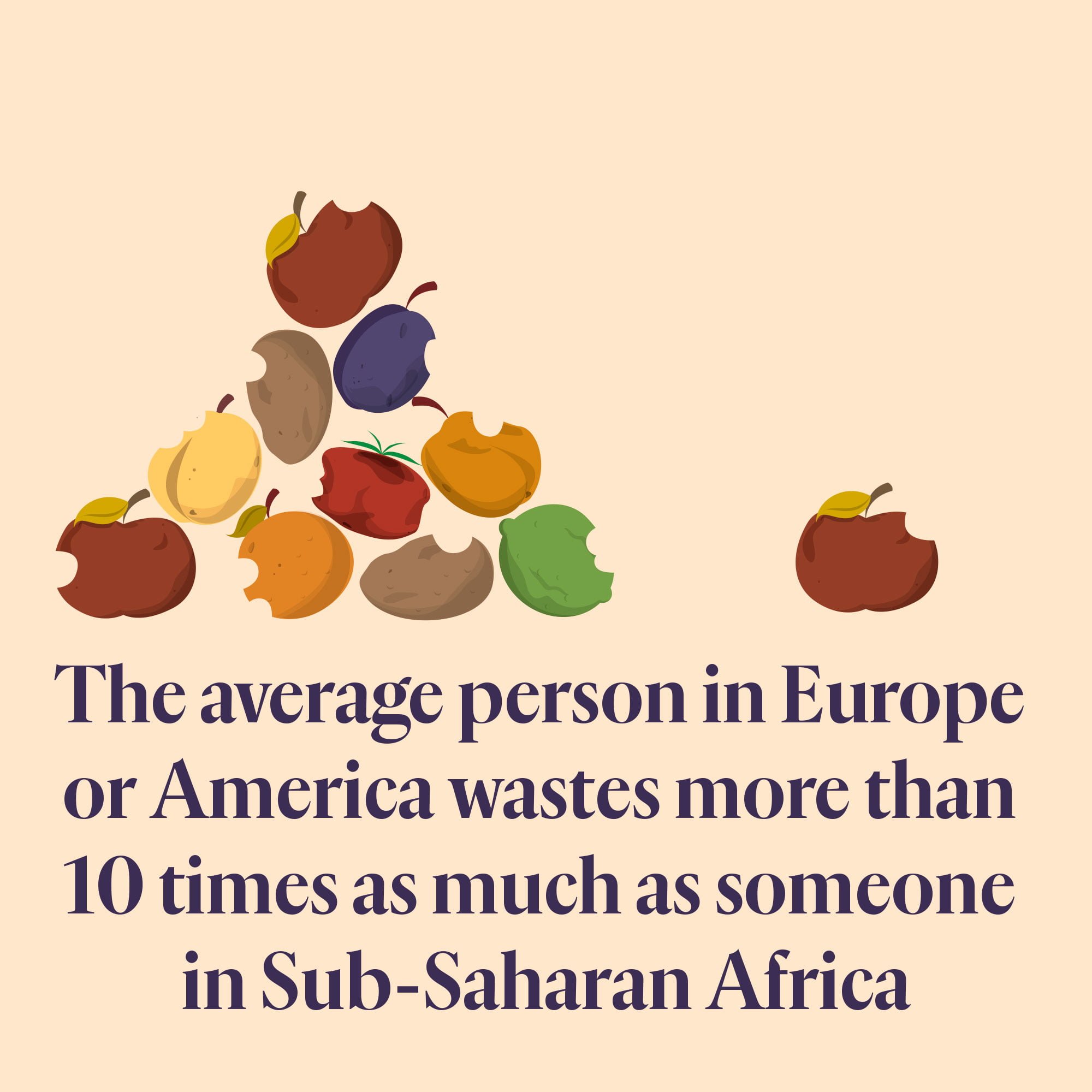
If these learnings are to last, consumers need help from the food industry. For instance, the dates printed on food cause no end of confusion, says Wrap, estimating that nearly 200,000 tonnes a year are discarded due to misunderstanding of dates in the UK alone. People often take “best before” and “use by” to mean the same thing, when really the former is just a suggestion of when the product is likely to be at peak quality, and even “use by” is based on a worst case scenario estimate of how long food will last. Then there are “sell by” dates, which exist only to help retailers manage stock.
People need to stop taking these dates as gospel, say campaigners. “Most foods can be safely consumed after these dates have passed,” the US National Resources Defense Council advises. “Consumers should be educated about these labels and how to rely more on their own judgment about food quality.”
Change is possible
While overall progress on cutting waste may be slow, there are countless innovative projects underway around the world to prevent, reduce and recycle waste, and success stories showing how quickly things can change. In Nigeria, solar-powered walk-in fridges keep fruit and veg cool at marketplaces, so less gets binned. A startup called ColdHubs has already set up 24 units, and is building dozens more, serving thousands of market sellers who pay per day for each crate they store.
In Spain, gleaners collect unwanted produce from fields to make sure it gets eaten. In Brazil, rejected bananas are upcycled into new snack products. Pineapple leaves can become vegan leather. Bread can become biofuel.
“Businesses can have a huge impact when they choose to shine a light on waste”
Established businesses can also have a huge impact when they choose to shine a light on waste – and already 200 of the world’s biggest food suppliers have signed up to the UN’s waste reduction goals. British supermarket chain Tesco cut over 200,000 tonnes of food waste in three years. In its central European operation, waste was cut by a staggering 58% in the last four years, simply by reorganising stores, streamlining product ranges and setting up food banks. In Kenya, Tesco suppliers used to trim beans just to fit the packaging – now they’ve tweaked the packaging to fit the beans.
Scandinavian dairy giant Arla also made huge savings, by sending out dedicated food waste scouts to spot ways to become more efficient. It was worth it: waste fell by 27% in just four years.
Among the public, social norms must continue to be challenged and changed. This is a key aim of campaigns like Love Food Hate Waste, which has helped cut retail and consumer food waste in the UK by more than a quarter since 2007, by reminding us all that a wonky parsnip is as good as a straight one, that leftovers can be good for days and that throwing good food away has consequences for the planet. In his popular TED Talk on food waste, campaigner Tristram Stuart (interviewed in the latest 5 Podcast) says citizens have the power to change things, if we simply “regard it as socially unacceptable to waste food on a colossal scale”.
Food waste may be infuriating, but perhaps that shared feeling of outrage is where the hope lies. After all, we all already agree that things can’t stay as they are. Activists such as Tristram Stuart have opened our eyes to the problem and its solutions. Prominent figures like Jamie Oliver, Gisele Bündchen and even Pope Francis (who says wasting food is like “stealing from the table of the poor and hungry”) have pushed it up the agenda.
The scale of the problem can seem overwhelming, and it’s easy to feel despondent when we hear that, for example, Americans waste 50% more than they did in the 1970s. But facts like this also show us that change is possible.
It’s not long ago that the world was wasting much less. We can do it again.
DISCOVER MORE
- Perfectly delicious – Meet the people tackling food waste from the ground up
- Food waste: Throwing the planet in the bin – We speak to Tristram Stuart on the scandal of food waste, and how to fix it
- The end of trash – Luca Locatelli’s photos show how we can reduce and reuse waste of all kinds
